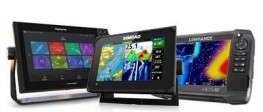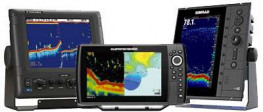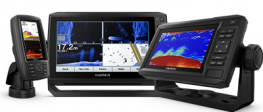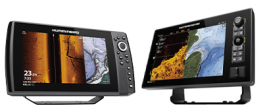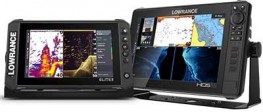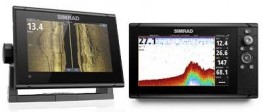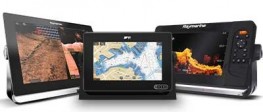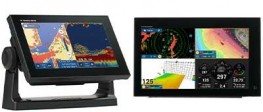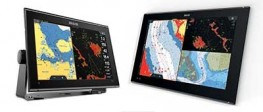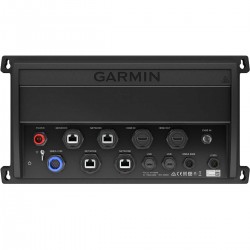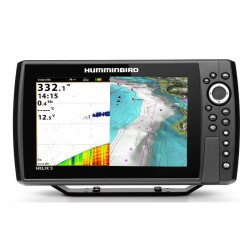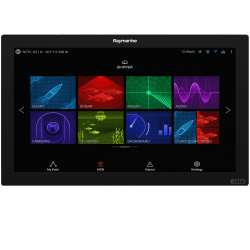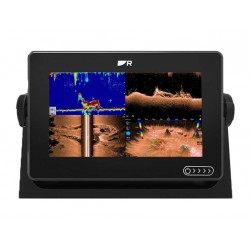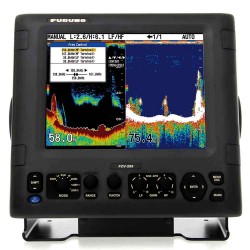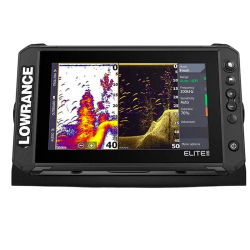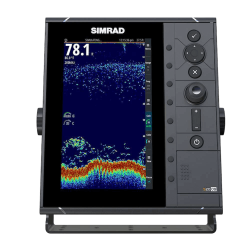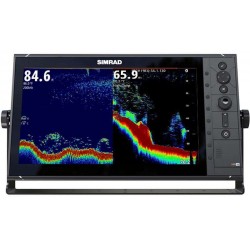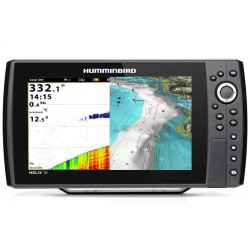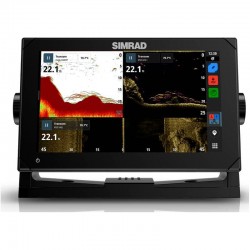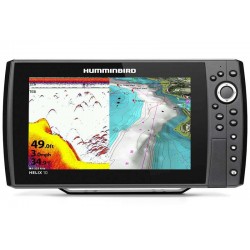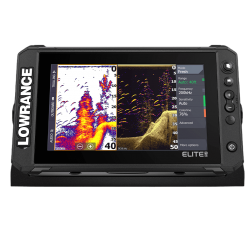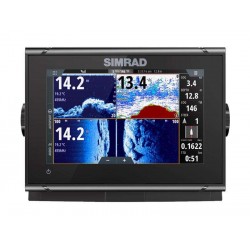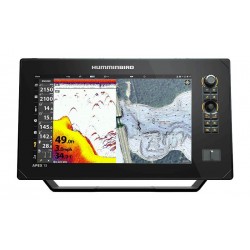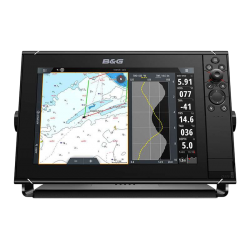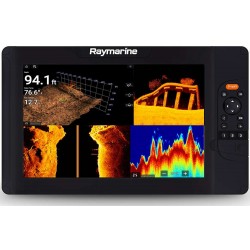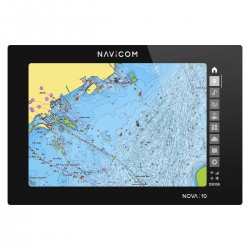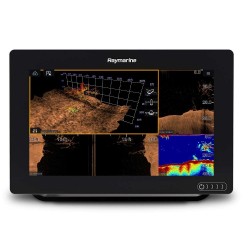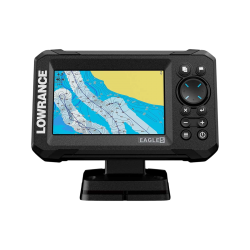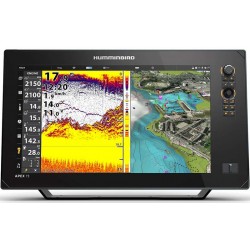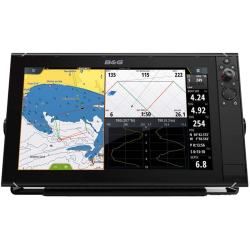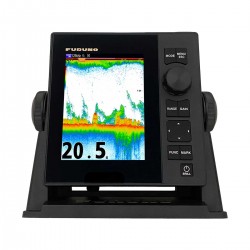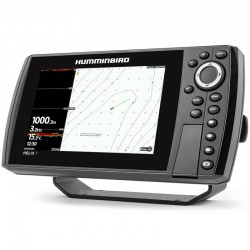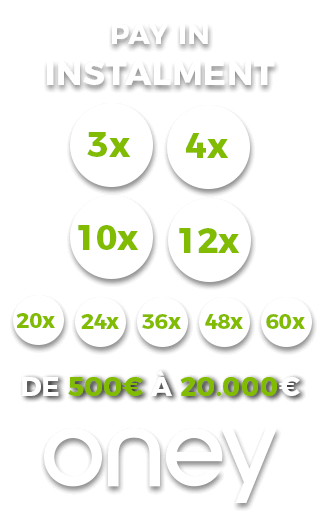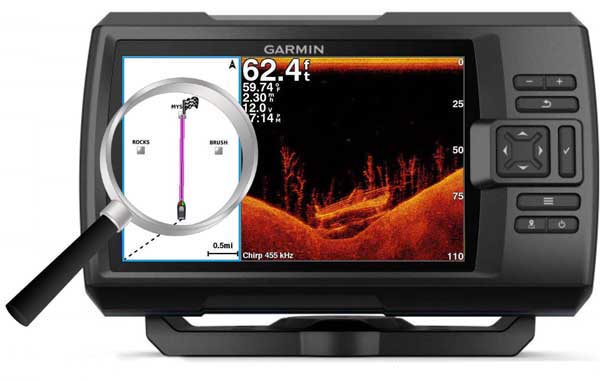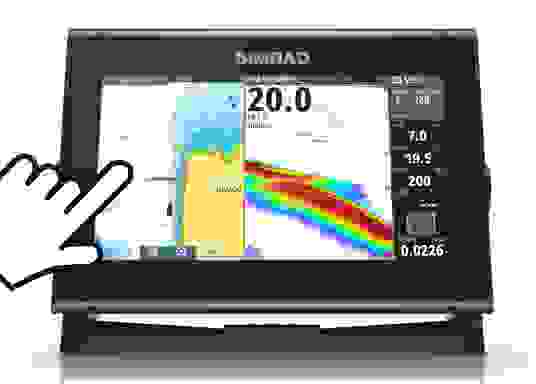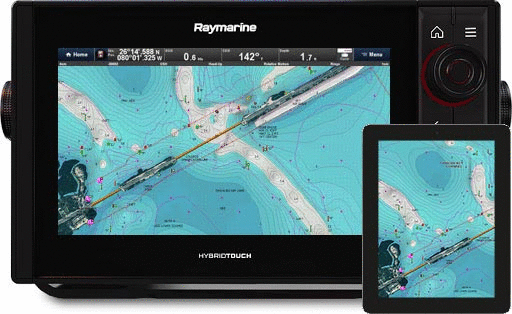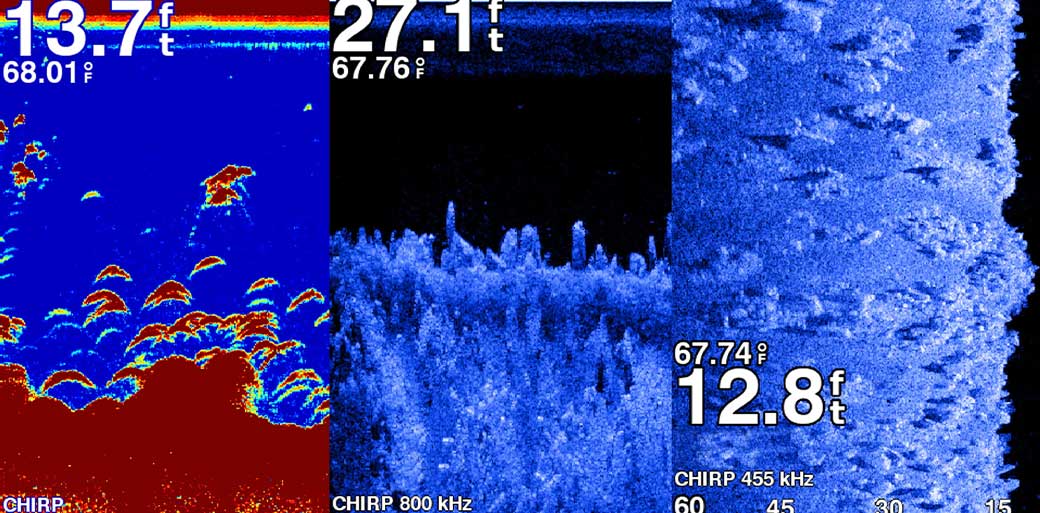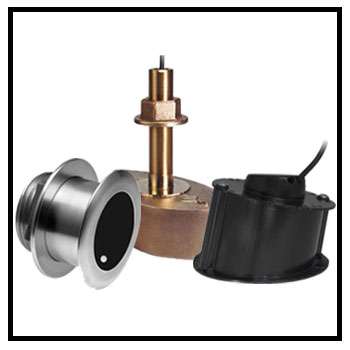GPS fishfinder handset
Whatever your boat: float tube, rowboat, fishing boat or sailboat, there's sure to be a GPS fishfinder handset to suit your needs. With a GPS fishfinder handset, you can record your waypoints, so you can memorize fishy areas and return to them easily. Fishing enthusiasts will opt for the high-performance Garmin Echomap UHD 92sv touchscreen, or the powerful Humminbird Helix 5,7 or 9 gps fishfinder.
As for sailboat enthusiasts, they'll prefer Raymarine GPS sounders compatible with ST60 navigation units.
Find all the top nautical brands Furuno, Garmin, Humminbird, Lowrance, Simrad, Raymarine at the best prices at Comptoirnautique.com,the GPS Fishfinder specialist.
- -€7.58
Choosing your fishing GPS sounder !Some fishfinders feature a GPS positioner to record your waypoints, tracks and favorite fishing spots. The main difference is that the GPS Sounder handset will allow the addition of an optional navigation chart that will offer all the details such as sounding lines, harbor entrances, buoys and beacons, wreck positions... and for the most advanced devices such as the GPS.. GarminA "self-guiding" automatic route creation function. Or theecho sounder LowranceAs the Lowrance HDS 12. |
||
Touch screen or buttons for my boat GPS ?The definition will givehigher-quality details. The greater the number of pixels, the better the quality. A large screen, expressed in inches, means better legibility, but above all a split view of the different information: one on the sounder side, one on the chart side. Ideal for getting all the info at a glance. Then there's the question of a touchscreen, a button-operated screen... or now a hybrid GPS: touch + buttons! Despite what you might think, touchscreen GPS units are very robust and resistant to sea water. No buttons = no risk of water ingress. Just remember to keep a cloth nearby to wipe off fingerprints. For your information, we do not recommend choosing a GPS plotter/depth finder combo smaller than 7". |
|
|
|
What functions does my GPS plotter/depth finder handset have ?It's important to define your needs and the product's evolution before purchasing a boat GPS. In addition to the main GPS plotter and sounder functions, some devices offer additional connectivity:
For example, if you're equipped with radar, you'll need a multifunction radar display such as : Helix G4N or HDS, GPSmap XSV. But if you're looking for a powerful GPS chartplotter that doesn't need any extra tricks, you can count on a Garmin Echomap, , sounder Lowrance Hook Reveal . |
|
|
What technology do I need ?Sounder technologies differ according to the different brands on the market. First, the CHIRP, this basic technology scans the seabed with a wide frequency spectrum, providing a clear image of the seabed and correct fish discrimination. Let's take it to the next level with Down Vu technology Garmin resumed at Humminbird down Imaging lets you see under the boat with near-photographic quality. For higher-end models, this technology is extended to Side Vu (or Side Imaging), which allows you to see what's happening underwater on the sides of the boat. Devices equipped with SIDE , are also equipped with DOWN , and with CHIRP. Finally, UHD technology at Garmin is an evolution of the previous technology, with even better quality and unrivalled sharpness. Humminbird offers the equivalent with Mega Side Imaging+, available on : Helix 8G4N Chirp Mega Si+, , Helix 9G4N Chirp Mega Si+, , Helix 10G4N Chirp Mega Si+, , Helix 12G4N Chirp Mega Si+, or Solix 10G3 Megasi+, Solix 12G3 Megasi+ |
Which echo sounder for my fishing ?
The transducer is the "eye of your Gps Fishfinder". It's the most important device because it transmits and receives the signal emitted by the fishfinder's amplifier.
Choosing the right transducer is the result of careful consideration of a number of criteria, to ensure that it's best suited to your needs, your use, your type of fishing, your boat, the depths you're looking for... and compatibility with your fishfinder.
|
|
Probe material:
|
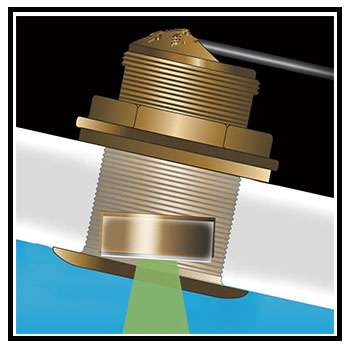 |
Installation option:
Easy to assemble, its installation nevertheless requires certain precautions:
A through-hole lead gives good results at high speeds. This is the type preferred by experienced anglers. To install it, the hull must be drilled, and the choice of location must be carefully considered: An easily accessible place to tighten the nut inside the hull. Ideally, near the centerline and in front of the engine. Never near intakes, valves, anodes, speedo sensors, keels, propellers, shafts or hull strakes. Internal mounting probe: for all polyester boats, not laminated (direct access to the strat) this type of transducer requires no hull drilling. The probe is simply glued to the bottom of the hull, in an oil bath, and the signal passes through the hull. Disadvantages:
|
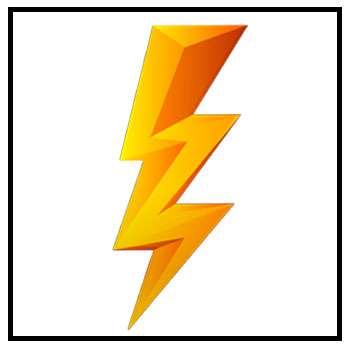 |
Power:Power is the force at which the probe emits electroacoustic pulses. Power is expressed in watts RMS. Increasing transmitting power increases the chances of receiving an echo return at great depth or in water where propagation conditions are poor. It also enables more details to be displayed, such as bait and structure elements. Generally speaking, the higher the power, the greater the accessible depth, and the better the detected discrimination of real echoes such as those from fish and bottom structure. |
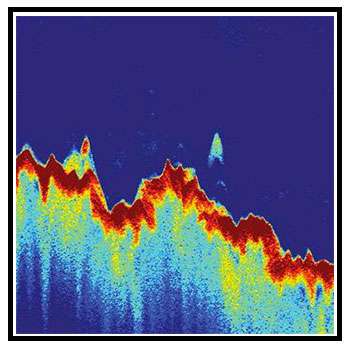 |
Probe frequency:The higher frequencies (200kHz) use narrow beams and are more effective at depths of less than 60 meters. Even at high speeds, the display is accurate and usable. High frequencies create a more detailed image, and better target definition, enabling detection of very small objects. Lower frequencies (50kHz) use wider beams: they enable anglers to spot more targets, but target definition and separation are reduced. Although lower frequencies can reach greater depths, they do not always provide a clear image of the bottom. Good practice is to use the 200 kHz frequency for a detailed image down to 60 meters, and the 50 kHz frequency at greater depths. Even better is to display both frequencies side by side on a split screen. A sounder CHIRP continuously scans the background over a range of frequencies - low, medium or high (depending on probe) - in a single sweep. The returns from each frequency are then interpreted and displayed on the screen. Continuous scanning of various frequencies enables the technology CHIRP to offer denser information and generate a higher level ofSharper, high-resolution image,much better target separation and sharper rendering of fish arches than a traditional fishfinder. If several fish are grouped together, a conventional sounder will only show a single echo, whereas a CHIRP can tell them apart. The same goes for fish close to the bottom. The sounder can "detach" them. |

